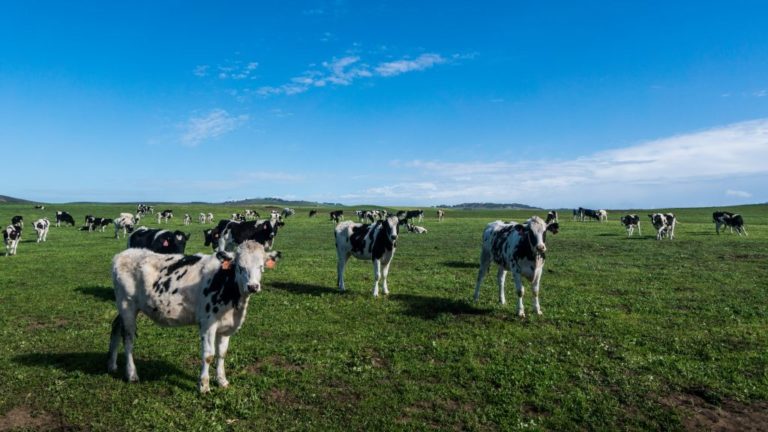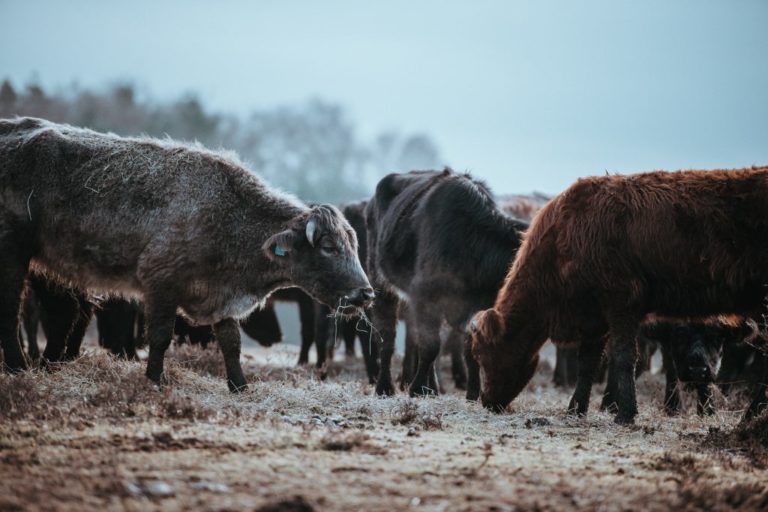8 Common Names For Male Deers

A male deer is commonly referred to as a “buck,” a term that originates from Old English and is widely used across North America and Europe. The terminology, however, can vary slightly depending on the age of the deer and the geographical location. For instance, in some regions, particularly in the United Kingdom, a mature male deer is often called a “stag.”
Bucks are distinguished from female deer, which are called does, by their antlers, which are bony structures that grow from the skull. These antlers are a key characteristic and are primarily used during the mating season to fight other males for territory or to attract females. Interestingly, antlers are shed and regrown each year, and their size and complexity can be indicative of the buck’s age and nutritional status.
The size and shape of a buck’s antlers vary significantly among species. For example, the white-tailed deer, one of the most common deer species in North America, typically has antlers with several forward-facing points. On the other hand, mule deer bucks, also found in North America, have forked antlers that resemble the shape of a mule’s ears. In Europe, the red deer, closely related to the North American elk, has larger and more branched antlers.
Recognized by their distinctive antlers, bucks play a vital role in deer populations and are integral to the ecosystems they inhabit. Their significance extends beyond biology, touching cultural and symbolic realms across different societies.
The age of a buck can also affect what it’s called in certain cultures. For example, in the UK, a young male red deer in its second year is referred to as a “brocket,” and as it matures, it may be called a “stag,” particularly when it’s fully grown and has a complete set of antlers.
The behavior of bucks varies seasonally. During the mating season, known as the rut, bucks become more territorial and aggressive as they compete for does. They might engage in ritualistic behaviors and fierce battles, using their antlers as weapons. Outside of the breeding season, bucks tend to be more solitary or form bachelor groups.
In various cultures, the deer, and particularly the stag, hold significant symbolic meaning. They are often associated with strength, virility, and the wilderness. In Native American culture, deer symbolize gentleness, the ability to move through life and obstacles with grace, and they are often revered as a spirit animal.
Conservation efforts are crucial for maintaining healthy deer populations, especially as human development encroaches on their natural habitats. Hunting regulations, natural predation, and habitat conservation are all important factors in managing and protecting deer populations.
In summary, a male deer is most commonly called a buck, with variations like stag used in specific contexts or for mature males.
- Stag: Commonly used in the UK and other parts of Europe, “stag” typically refers to a fully mature male deer, especially red deer and larger species. It’s also a popular term in literature and folklore.
- Hart: An older term for a mature stag, particularly a red deer, that’s largely historical or literary now. It’s been used in old English texts and is often associated with royal hunting grounds and medieval heraldry.
- Buck: The most common term in North America, used for male deer of all species. It’s also used in general slang to refer to males of other species, including humans, in some contexts.
- Brocket: In the UK, a young stag, particularly in its second year, before its antlers fully develop.
- Bull: Typically used for male elk, which are also members of the deer family. In regions where elk are common, like the Rocky Mountains in North America, “bull” is a standard term.
- Pricket: A term used for a male deer in its second year, with straight, unbranched antlers.
- Spike: Refers to a young buck with only one unbranched antler on each side. The term “spike” is often used in hunting circles to describe these younger, less mature bucks.
- Knobber: This refers to a buck in its second year, with knobs on its head where antlers will eventually grow.
Regional dialects and hunting communities might have even more specific or colloquial terms for male deer. These terms can reflect not just the age and species of the deer but also the number of points on its antlers, a characteristic particularly scrutinized in hunting and wildlife management circles. The local vernacular can greatly influence the terminology used, so there might be other, more localized names used in different parts of the world.


